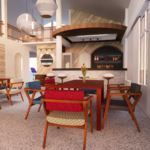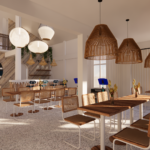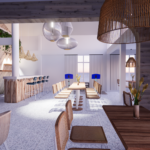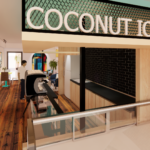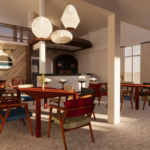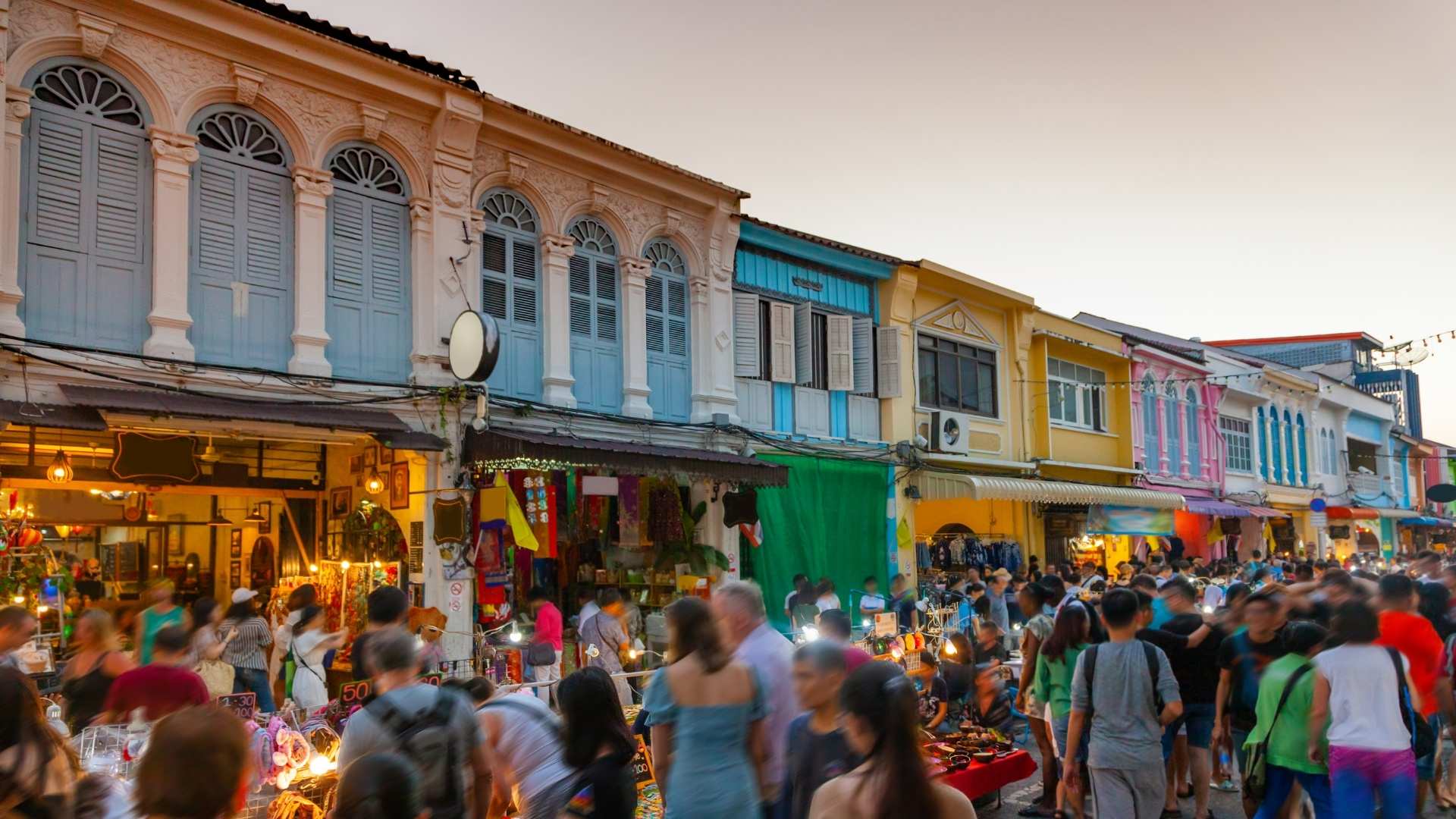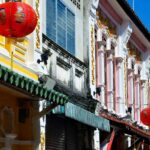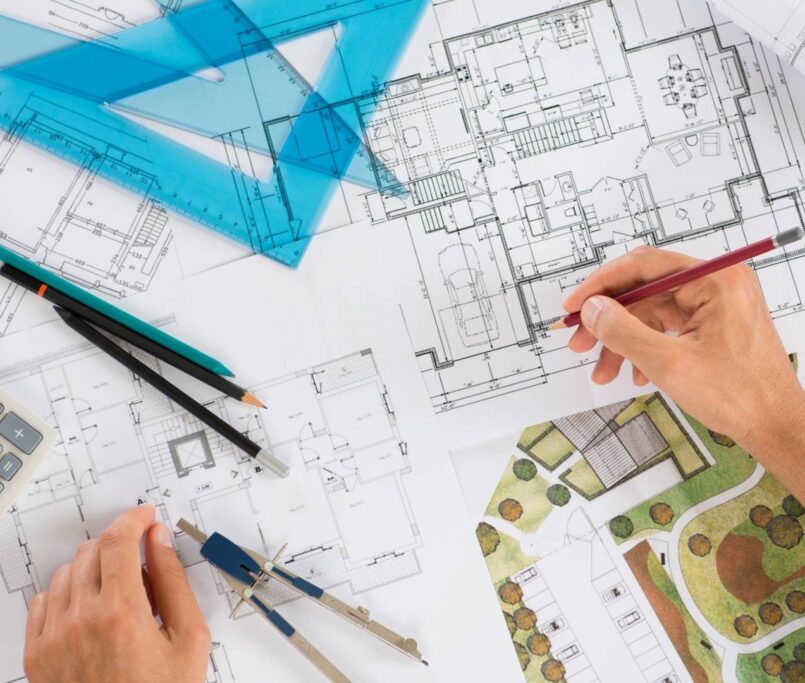Welcome back to the Architect Phuket blog! I’m Nay, your native Thai architect, and I’m excited to start a new series exploring each of Phuket’s subdistricts to help you find the perfect spot for your dream home or investment. Today, we’re kicking off with Talad Yai, the lively core of Phuket Town.
What Makes Talad Yai Special?
In Thai, “Talad” means “Market” and “Yai” means “Big,” so Talad Yai translates to “Big Market”—and it lives up to its name. Located in the southeast of Phuket within Mueang Phuket District, Talad Yai is the island’s historic and commercial hub. It’s not a beach destination but rather the urban backbone of Phuket, blending charming Sino-Portuguese shophouses with busy streets and a mix of traditional Thai life and modern growth.
The topography of Talad Yai is mostly flat, with gentle hills rolling in from the north and west. Flat terrain is a big plus for construction—straightforward techniques and manageable costs. The hilly edges offer potential for elevated sites with town views, but you’ll need to avoid steep slopes (more on that below).
What’s It Like in Talad Yai?
Talad Yai is all about connection and energy. To the south, you’re steps from Phuket Road and the main bus terminal. Head west, and you’ll find Rang Hill with its scenic lookouts and cafes. It’s a quick 10-minute drive to Patong for a change of pace, and locally, you’ve got an array of restaurants, markets, and shops. The Sunday Walking Street Market in Old Town is a standout—vibrant with food stalls and crafts.
The area mixes old wooden homes with newer condos and flats. There are no massive supermarkets like Tesco, but small convenience stores like 7/11 are scattered around, and Central Phuket mall is a short drive east. Traffic can clog up on main roads like Thalang and Ranong during peak hours—something to consider for daily life or business plans.
Talad Yai hosts the Phuket Immigration Office and hospitals like Dibuk, and it’s roughly 40 minutes from the airport. Rental prices are higher than in rural areas, reflecting the convenience and character. It’s less tourist-driven than Patong—more authentic, with excellent local dining options. The main roads are well-paved, though some backstreets can be narrow or rough, and stray dogs might be a minor nuisance in quieter spots.
An Architect’s Perspective: Where to Build in Talad Yai
Let’s break down Talad Yai within a 3 km radius of its Old Town centre, the bustling heart with the famous weekend market:
- 1 km Radius (Busy Core): This is the busiest pocket—perfect for commercial ventures like shops or cafes, with heavy traffic and high activity.
- 2 km Radius (Balanced Area): This zone eases off a bit, making it well-suited for residential projects or small hospitality setups—close to the centre without the full intensity.
- 3 km Radius (Suburban Feel): This area leans suburban, ideal if you prefer a quieter base with easy access to town, edging towards Chalong in the south or Kathu in the west.
Property values in Talad Yai hold steady, making it an appealing choice for investment in Phuket’s commercial hub. You’ll find a mix of Thai locals, expats, and visitors passing through, along with banks, hardware stores, and creative hubs like galleries along the key routes.
Building Regulations in Talad Yai
Understanding the regulations is crucial before you build:
- Most of Talad Yai falls into a zone requiring 40% of your land to remain open space, reserved for greenery or parking.
- Near the hills, this increases to 60% open space.
- Inland builds can reach 12 metres in height, but in the Old Town core, heritage restrictions might apply—always check with local planning if you’re eyeing those historic properties.
- If you’re considering the hilly fringes, verify the slope. Slopes over 50% are no-build zones, and slopes between 35-50% limit you to builds of 80 square metres or less. Stick to the flatter areas for simplicity.
To get started with regulations, consult the Phuket City Land Use Planning Map, Land Slope Controls via topography analysis, Thailand Ministerial Regulation No. 22, and the Phuket Environmental Control Map. These are standard guidelines, but they can evolve, and exceptions in a historic zone like Talad Yai do pop up, so confirm details locally.
Is Talad Yai Right for You?
Talad Yai is thriving and central—an area on the rise. It’s not about peace and quiet; it’s about connection and energy. If you want to sidestep the resort-heavy zones but stay in the mix, this could be your place. Traffic is a reality, but it’s part of the package. Ready to explore Talad Yai for your next project? Contact us at Architect Phuket to start planning! Or check out our sister channel on Youtube for great insights on building and renovations.
What’s Next?
In my next post, we’ll explore Talad Nuea, just north of Talad Yai in Phuket Town.

